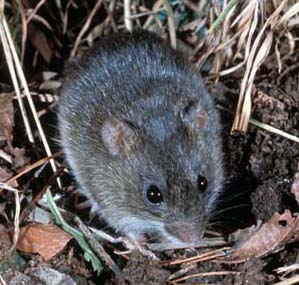Facts About Rice Rat
The marsh rice rat is a semiaquatic rodent native to North America, commonly found in wetlands such as swamps and salt marshes. Weighing between 40 and 80 grams, it bears a strong resemblance to the more familiar black and brown rats. First discovered in 1816 and officially described in 1837, this medium-sized rodent has several identified subspecies, although there is some debate about their classification. It belongs to the genus Oryzomys, which also includes species found in Mexico, Central America, and northwestern South America.
These nocturnal creatures are active at night, constructing nests from sedge and grass. Their diet is quite varied, consisting of plants, fungi, and a range of small animals. After a gestation period of about 25 days, female marsh rice rats give birth to litters of three to five young. They face predators, have a relatively short lifespan in the wild, and can carry parasites and a hantavirus that poses a risk to humans. While the species is generally not at risk, some specific populations are threatened.
Marsh rice rats are found across the eastern and southern United States, with fossil records suggesting they once had a broader range. They thrive in wetland environments but can also adapt to drier upland areas. Known for their swimming prowess, these rodents have a diverse diet that includes both plant and animal matter.
Behaviorally, marsh rice rats are nocturnal, excellent swimmers, and can be quite aggressive towards each other. They build nests and are preyed upon by various predators. Reproduction primarily occurs in the summer, with females having multiple litters each year.
Human interaction with marsh rice rats is limited, but they are used in scientific research, particularly for studying infections and diseases. They are the primary hosts of the Bayou virus, a type of hantavirus, and have been used in research on periodontitis. Overall, their conservation status is "Least Concern" although certain populations, such as those in the Florida Keys, are endangered due to specific threats.

 Panama
Panama